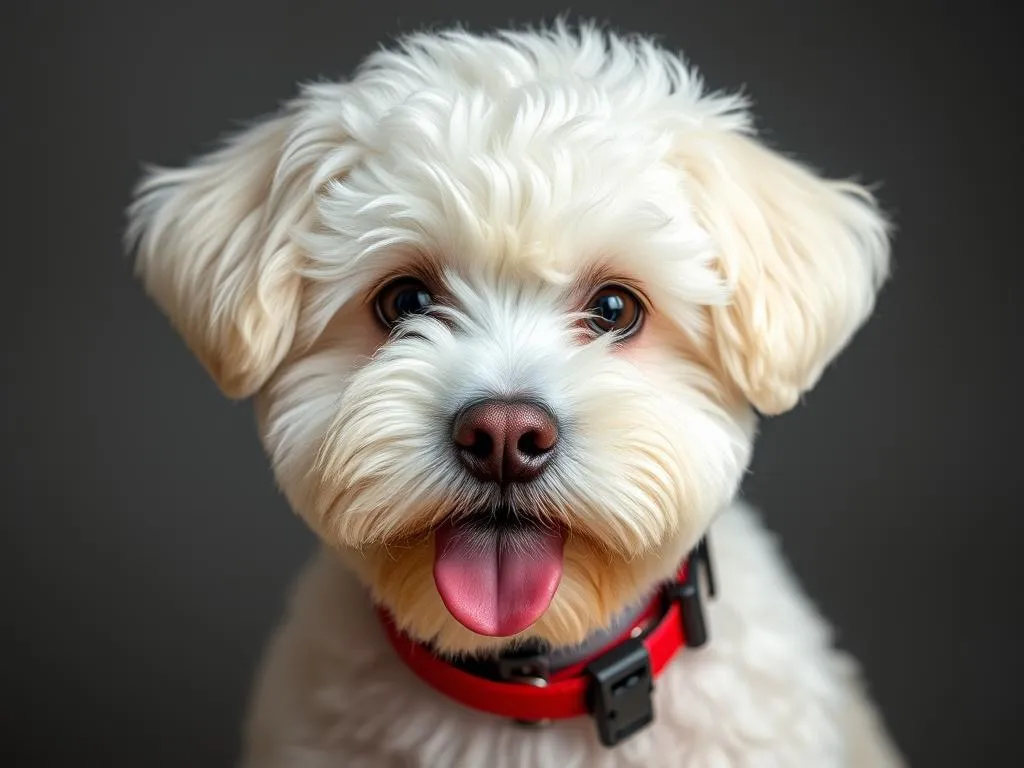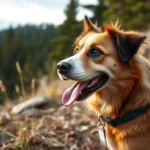
Introduction
The Bichon Frise is a delightful breed known for its cheerful disposition and affectionate nature. With their fluffy white coats and playful personalities, these small dogs are not just cute companions; they also require proper training to thrive. Training is essential for Bichon Frises to ensure they are well-behaved, socially adjusted, and can enjoy a happy life with their families.
Using positive reinforcement methods is crucial in dog training, especially with Bichon Frises, as they respond best to encouragement and rewards. This article will guide you through the various aspects of training a Bichon Frise, from understanding the breed to advanced training techniques, ensuring that you have all the tools necessary for successful training.
Understanding the Bichon Frise
Breed Characteristics
The Bichon Frise is a small breed, typically weighing between 10 to 18 pounds and standing about 9 to 11 inches tall. Their curly, hypoallergenic coat requires regular grooming to prevent mats and tangles, making it essential to establish a grooming routine early on.
Temperamentally, Bichon Frises are known for being affectionate, playful, and sociable. They thrive on human interaction and can become quite attached to their families. However, common behavioral issues can arise if they are not trained properly, including excessive barking, separation anxiety, and difficulty with housebreaking.
Learning Style
Bichon Frises are intelligent and eager to please, which makes them relatively easy to train. They learn best through visual and auditory cues, so using clear commands and hand signals can be beneficial. Consistency and patience are key components when training this breed, as they may take a little time to fully grasp new commands.
Preparing for Training
Essential Training Tools
Before you begin training your Bichon Frise, it’s important to gather the necessary tools:
- Collars, leashes, and harnesses: A comfortable collar and a sturdy leash are essential for walks, while a harness can help prevent pulling.
- Treats and toys for rewards: High-value treats can motivate your Bichon during training sessions. Toys can also serve as rewards for good behavior.
- Clickers: Using a clicker can help reinforce positive behavior. The sound of the clicker indicates to your dog that they have done something right and that a reward is coming.
Creating a Positive Environment
Setting up a dedicated training space in your home can significantly enhance your training experience. Choose a quiet area with minimal distractions where your Bichon can focus. Ensure the space is comfortable and safe, as a relaxed dog is more likely to engage in training.
Basic Commands Training
Teaching “Sit”
- Start with your dog standing: Hold a treat close to your Bichon’s nose.
- Move the treat upwards: As your dog follows the treat, their head will naturally go up, causing their bottom to lower.
- Say “Sit”: Once their bottom touches the ground, say the command “Sit,” and give them the treat immediately.
- Reinforce: Repeat this several times in short sessions, gradually phasing out the treats as your dog learns the command.
Common mistakes to avoid include using the command before your dog understands what to do or failing to reward them immediately after they perform the command.
Teaching “Stay”
- Start with your dog in a sitting position: Show them a treat and say “Stay.”
- Take a few steps back: If they remain in place, return and reward them.
- Gradually increase distance: Over time, increase the distance and duration before rewarding them.
- Use a release word: Teach your dog a release word (like “Okay”) to let them know when they can move.
Troubleshooting common issues: If your Bichon Frise moves before you release them, you may need to shorten the distance or duration until they can reliably stay.
Teaching “Come”
- Start indoors in a distraction-free environment: Use a long line for safety.
- Get your Bichon’s attention: Call their name followed by “Come” while gently pulling on the leash.
- Reward immediately: When they reach you, provide a treat and lots of praise.
- Practice in different locations: Once they master it indoors, practice in the yard and eventually in public spaces.
Using a long line allows for safety and control while teaching this essential command.
Teaching “Leave it”
- Show your dog a treat: Close your hand around it and say “Leave it.”
- Wait for them to stop trying to get the treat: As soon as they back off, praise them and give a different treat.
- Practice with various objects: Gradually increase the challenge by placing items on the floor and asking them to leave those alone.
This command is crucial for your Bichon Frise’s safety, helping them learn to avoid dangerous or unwanted items.
Advanced Training Techniques
Socialization
Socialization is vital for Bichon Frises to develop well-rounded personalities. Introducing them to new environments, people, and other animals can prevent behavioral issues down the line.
- Recommended socialization activities: Arrange playdates with other dogs, visit dog parks, or participate in puppy classes.
- Watch for signs of stress: If your dog shows signs of fear or anxiety, take a step back and allow them to acclimate at their own pace.
Leash Training
Teaching your Bichon Frise to walk nicely on a leash is essential for enjoyable outings.
- Use a front-clip harness: This can help prevent pulling.
- Start walking at a slow pace: If they pull ahead, stop walking and call them back to you.
- Reward for walking beside you: Use treats to encourage them to stay close.
Gradually introduce your Bichon to different environments, ensuring they feel comfortable and safe in various situations.
Addressing Behavioral Issues
Common issues for Bichon Frises include excessive barking, separation anxiety, and chewing.
- Barking: Identify triggers and use commands like “Quiet” to redirect their behavior. Reinforce silence with treats.
- Separation anxiety: Gradually accustom them to being alone by starting with short durations and rewarding calm behavior.
- Chewing: Provide appropriate chew toys and redirect them to these when they start chewing on furniture.
If behavioral issues persist, don’t hesitate to seek professional help from a dog trainer.
Fun and Interactive Training
Incorporating Tricks
Teaching tricks can be a fun way to bond with your Bichon Frise while providing mental stimulation.
- Simple tricks: Start with “Shake” or “Roll over.” Use treats and praise to encourage them.
- Benefits of trick training: It keeps their mind sharp and can help reinforce basic commands.
Engaging in Games
Playtime can also serve as a training opportunity.
- Games to consider: Try hide and seek or fetch. These games can reinforce commands like “Come” and “Sit.”
- Structure playtime: Alternate between training and play to keep your Bichon engaged and excited about learning.
Maintaining Training Consistency
Daily Training Routines
Consistency is key when training a Bichon Frise. Short, frequent training sessions work best.
- Sample daily schedule: Aim for 5-10 minute sessions, 2-3 times a day, focusing on one command or trick per session.
- Keep it fresh: Rotate commands and introduce new tricks to maintain interest and enthusiasm.
Monitoring Progress
Tracking your dog’s progress is essential for effective training.
- Set milestones: Note when your Bichon successfully learns a new command or trick.
- Adjust techniques: If progress stalls, consider changing your approach or increasing the rewards.
- Celebrate successes: Acknowledge milestones with extra praise and treats to encourage continued learning.
Conclusion
Training a Bichon Frise requires patience, consistency, and a commitment to positive reinforcement. By understanding their breed characteristics, preparing adequately, and maintaining a fun training routine, you can foster a well-behaved and happy companion. Remember, training is an ongoing journey that strengthens the bond between you and your Bichon Frise. Embrace this experience, and enjoy the many rewarding moments it brings!









